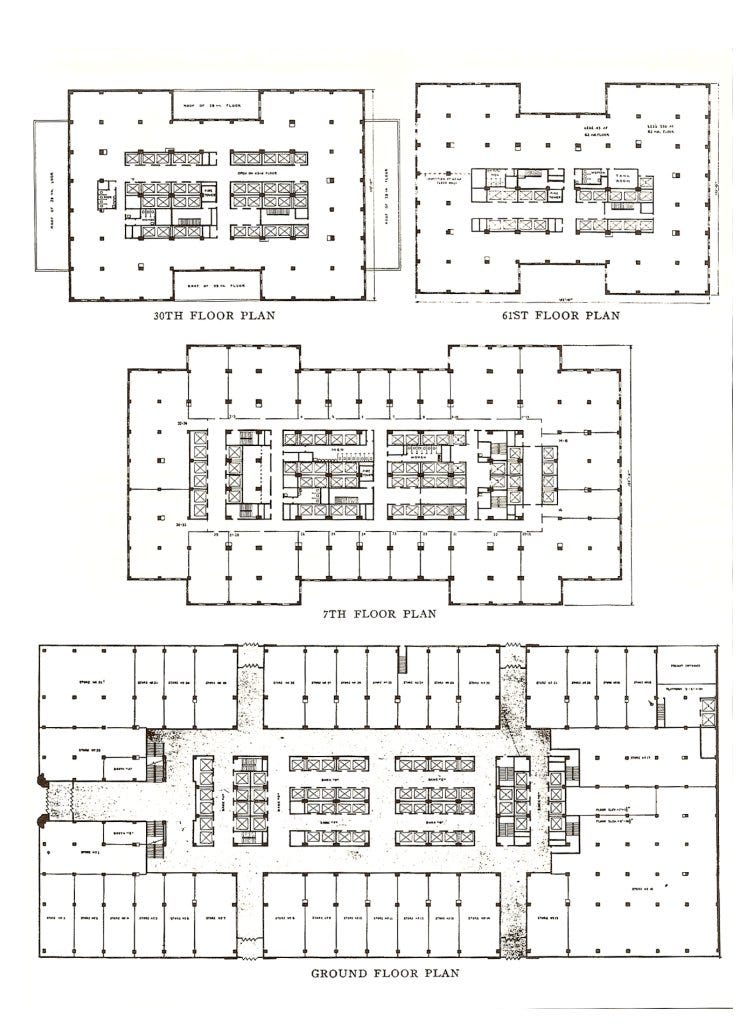Air crash and 9/11 conspiracy
The recent crash of flight AI 171 into a medical hostel revived the 9/11 conspiracy debates. Let me highlight structural design differences that may have led to fall of WTC towers.
In a recent tragedy, flight AI 171 crashed after take-off landed in a medical college hostel. Except one, all on board and few on ground lost their lives. The three-floor medical hostel building while damaged, was still standing.

The conspiracy theorists came out in droves. Here was a normal building hit by a fully-fueled aircraft and it was still standing. They wondered why then the world renowned, earthquake proof and storm resistant World Trade Centre buildings collapsed so dramatically when hit by fully-fueled aircraft on September 11, 2001.
Frankly, this was not very intelligent idea to compare both building crashes. I was right in front of the TV when the planes flew into the WTC on 11 Sep 2001. And since then I have followed all the conspiracy arguments. The 9/11 conspiracy theorists believe that the WTC towers were sabotaged. They give many theories pointing out the unique coincidences and weird on-goings that raise suspicions. We are not going there.
There were some structural differences between how WTC was constructed as against normal techniques for sky-scrapers. And I wanted to highlight those.
To avoid wasting the time of many structural engineering non-geeks, I summarize things right here.
Summary
About recent crash of AI 171
First, AI 171 did hit the medical college hostel and yes the hostel is still standing.
The flight AI 171 was trying to avoid buildings and avoid crashing, it had lost thrust (as per latest reports).
About 9/11 crashes
The flights that hit WTC Tower 1 and Tower 2 were fully fueled, with full power and accelerating into the towers for maximum impact.
These flights were fully loaded and hit the towers are high velocity.
Based on the structural designs, I believe it is possible that WTC Tower 1 and 2 may have fallen based on impact I saw that day.
I also do not find any rational reason for WTC7 (the third building to collapse) to fall as yet.
Lets dive into the details!
Structural concepts - WTC tower 1 and 2
WTC tower design was unique engineering experiment.
Usually buildings are designed with internal skeletal beam-column structure. As we see in normal houses. Lets call this lattice structure. In tall buildings (not skyscrapers) this structure is repeated over multiple stories.
This structure is strong and the load carrying is distributed well over the entire structure. This structure forms our common understanding of how buildings should react to air-strikes.
The medical college hostel was designed similarly and its condition aligns with our intuitive understanding of structural strength and performance.
Sky-scrapers are designed differently
In Empire State (first building of that height) they used pipe-style design. Imagine a very very thick pipe. The outer wall of the pipe was created out of the lattice like we see in normal tall buildings. It left a central space (like a pipe). This space housed the elevator banks. (first pic).

In WTC towers we have two load components - the building weight was carried by columns on the outside - there was no lattice on the outside - just large steel columns clad with glass. (shown in white in fig 2) It was more like an exoskeleton.

Inside was another steel core - but not with lattice as we see in other buildings. As these housed the elevator banks (shown in orange in fig 2)
These two were connected with trusses. (fig 3) Now trusses behave slightly different than beams. So the internal structure (my view) did not contribute nor did it benefit from outer structural elements.

How will such a design perform during head on collision with huge airplane full of fuel accelerating into the building and exploding? Our common understanding of building performance does not apply in this case.
Compare these with Burj Khalifa. BK has robust skeletal structure with different elevator banks. It is called buttressed core system with a hexagonal core supported by y-shaped structure each with its own load carriage column/beam network.
In addition the Burj Khalifa uses multiple height sub-buildings. It is more like a cluster of pipes welded together along their length. This creates substantial rigidity.
It will withstand aircraft hits more effectively than WTC.

Finally WTC 7 is odd ball. The details about it are hazy. It was not directly hit. One can imagine possible debris hits, but it should have withstood that.
Thank you for indulging in this structural design analysis. Be kind in the comments.



